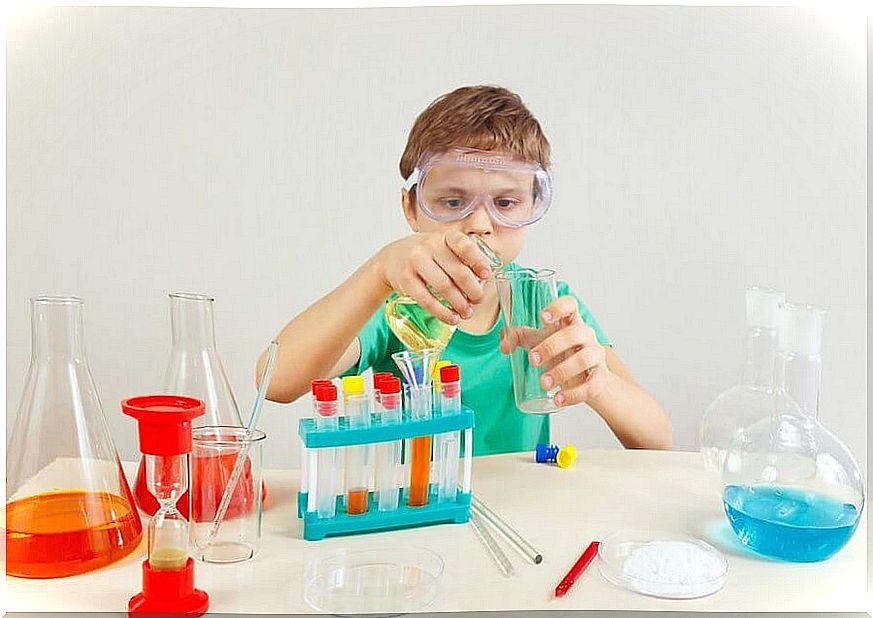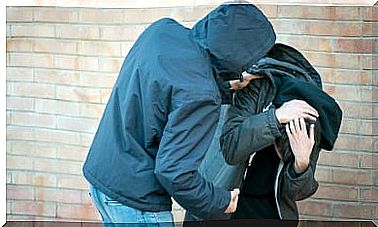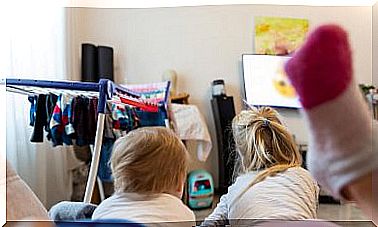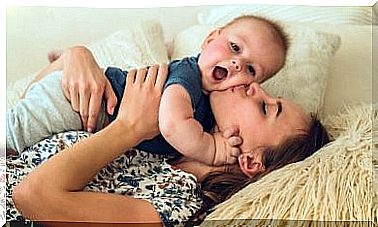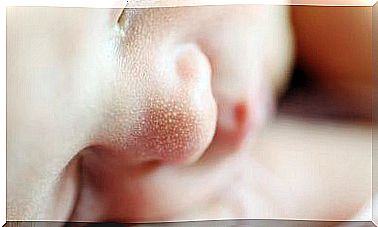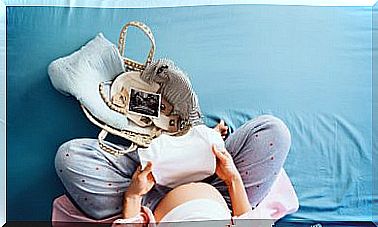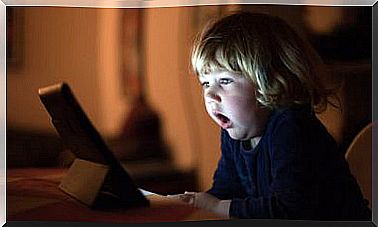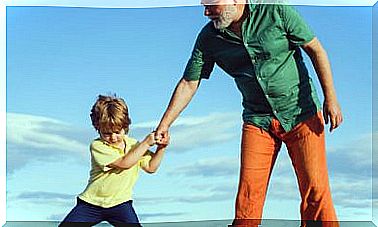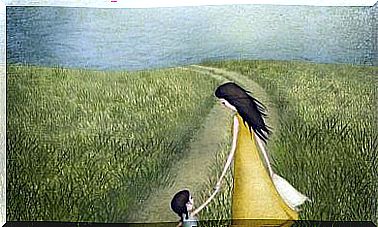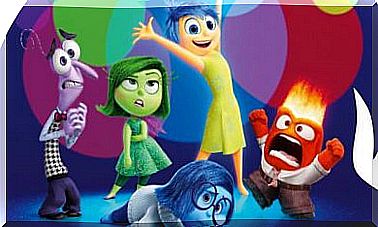How To Make Homemade Fossils
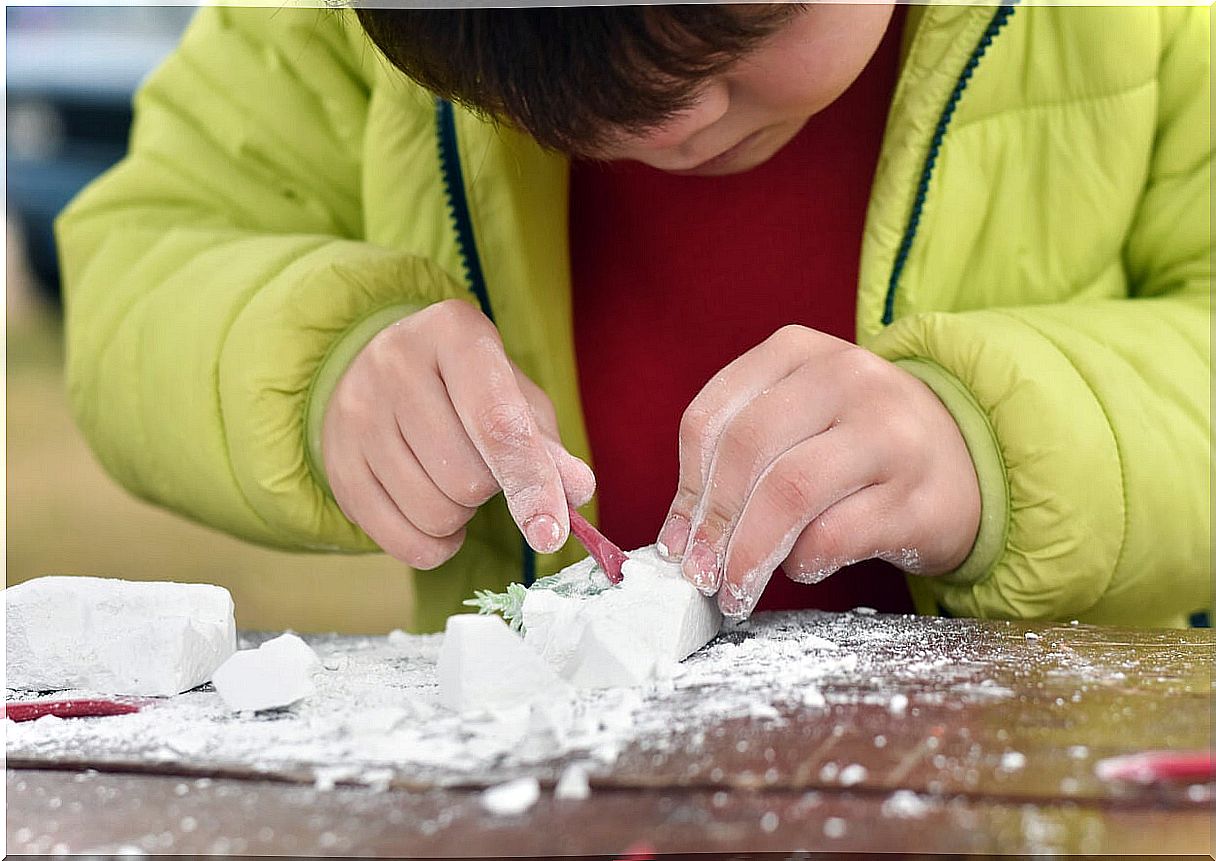
The Earth is estimated to be about 4.5 billion years old and the oldest fossils are about 460 million years old. Since then, thousands of species have inhabited the planet that have left their testimony in the rocks, something that causes great curiosity in children, who will surely ask you why those animals and plants remained that way.
To answer, explain how to make homemade fossils and, during the process, tell them about Paleontology, Geology and the fascinating history of our planet. You will have a great time!
How to make homemade fossils with different materials
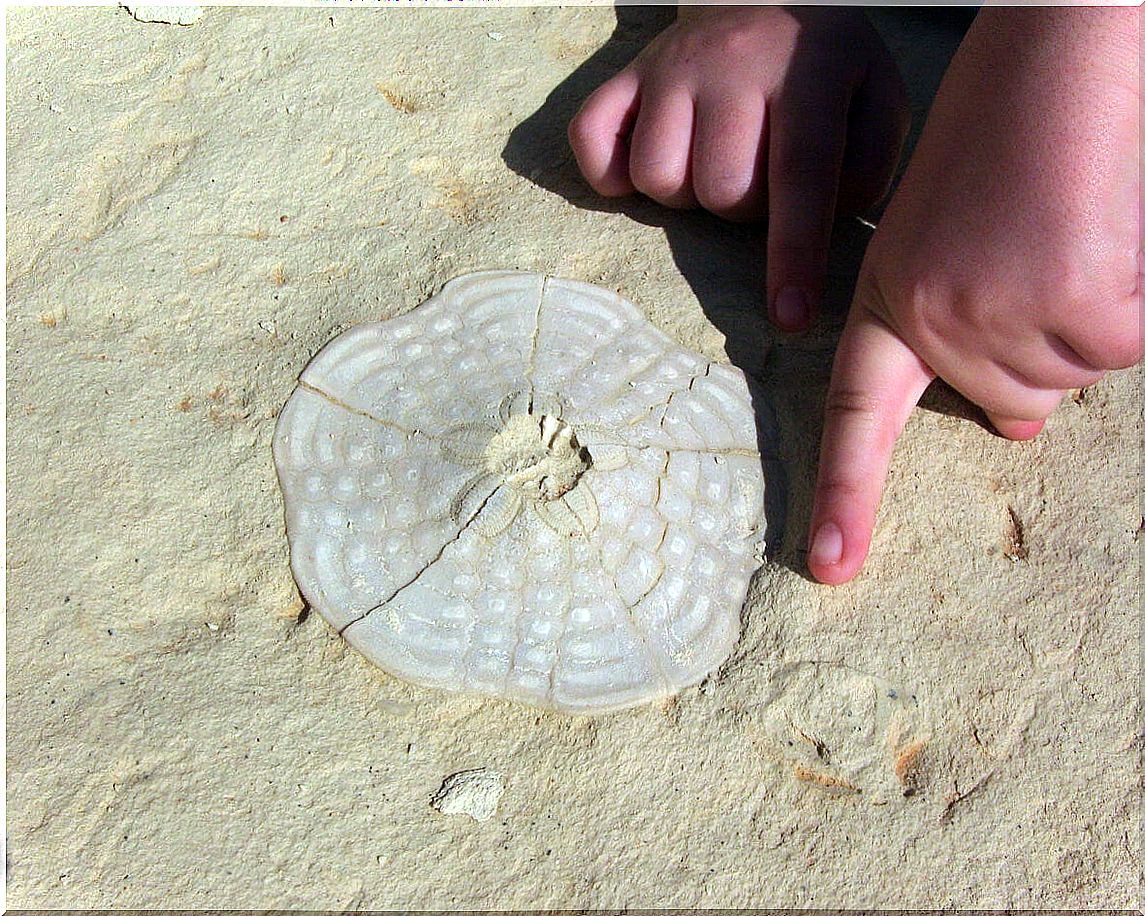
A fossil trail with flour dough
The project is to make a fossilized trace, which is an element in which a living organism left its mark and nature preserved it for a long time.
Materials:
- 2 cups flour.
- 1 cup salt.
- ¾ cup of water.
- Brush.
- Watercolors.
Step by Step:
- Mix the flour and salt in a bowl.
- Add the water until you get a consistency of dough.
- Form the dough into a large ball and flatten it to form a kind of wide cookie.
- Make a mark there; It can be with a doll’s foot or your own.
- Let it dry in the sun and then paint it with watercolors.
- Clever! You already have a fossil footprint! A trail that scientists look for when they want to discover a dinosaur or other prehistoric animal.
A fake fossil model with modeling clay
This procedure is very simple, making it ideal for younger children to do.
Materials:
- Plastilina.
- Cast.
- Toys or objects such as dinosaurs, seashells, leaves, and tree branches.
- Painting.
- Brush.
Step by Step:
- Knead the clay and form a wide bar about 4 centimeters thick.
- Take the object that you are going to “fossilize” and press it to put it inside the clay.
- Remove it and you will see how its silhouette is marked.
- Mix the plaster (3 units) with water (1 unit).
- Pour the mixture into the hole you left when you removed the figure.
- Let it dry for at least two hours.
- Gently remove the clay and you will have a fake fossil in your hands.
- Paint it to make it look more real.
A seashell fossil in sand
In a tray with sand you can replicate this marine element, almost the same as the original.
Materials:
- Sand.
- Flat container.
- Plaster of Paris.
- Sea shells.
Step by Step:
- Place the sand in the container and compact it by mixing it with a little water.
- Take the seashell and place it on the surface with the ridged side in contact with the sand.
- Press it so that it sinks a bit.
- Gently remove it.
- Prepare the cast as directed on the package.
- Dump the mixture into the free space you left when you removed the seashell.
- Let it dry overnight.
- The next day, remove the homemade fossils.
- For this method you can use an infinite number of models, such as pieces of logs, dinosaur dolls or whatever comes to mind!
Combine play dough and clay to make fossils
This way of making homemade fossils requires adult supervision, as the clay figure must be baked to make the final model.
Materials:
- Clay.
- Plastilina.
- Molds of fossils, sea snails, bones, etc.
- Oil.
- Acrylic paint.
- Brush.
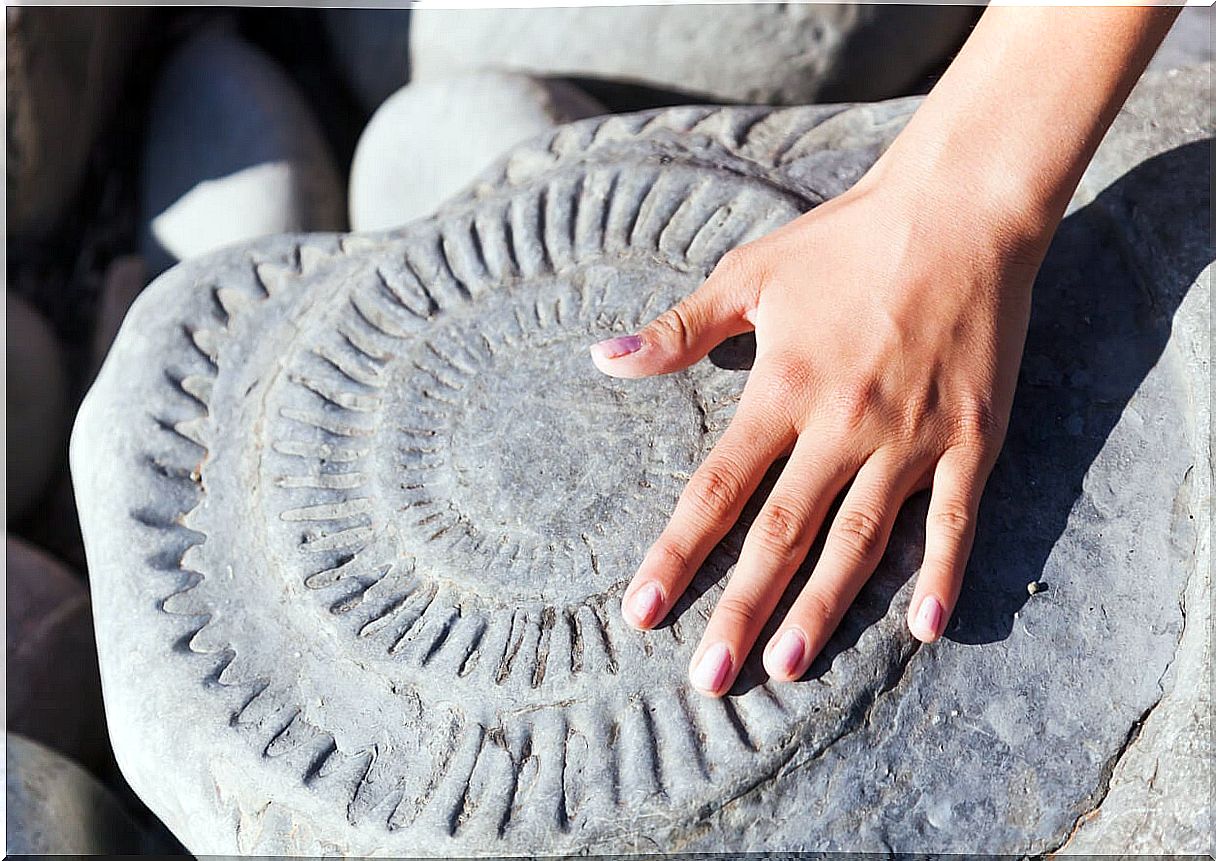
Step by Step:
- Knead the clay and form a wide bar with a thickness of about 5 centimeters.
- Smear your model with oil.
- Press it down and sink it halfway into the clay. Remove it carefully.
- Prepare the clay and gently place it in the hole you left.
- Let it dry for a while, until you can remove it without breaking.
- Once you remove it, place it on a baking sheet.
- When they’re done, let them cool so you can paint them, so they look like real fossils.
What is the goal of making homemade fossils?
Making homemade fossils is fun and easy, but what do children learn from it? Being a craft, it has all its benefits (stimulating motor skills, sharing, learning new things, etc.), but it is also a science content that can be linked to Geography, History, Physics and Chemistry topics.
On the other hand, it’s fine to introduce concepts like evolution, extinctions, and species survival.
In short, learning to make homemade fossils is a good way for children to approach science in a relaxed and fun way. Without a doubt, a great experience to carry out at school or at home!
